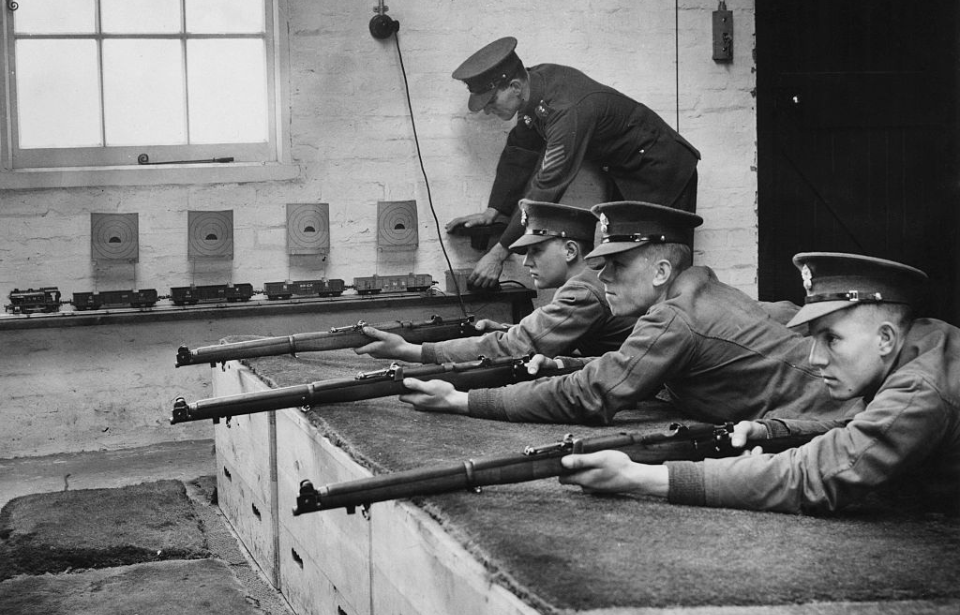The first version of the Lee-Enfield repeating rifle entered into service in 1895. Since then, 17 million units and a number of variants have been produced, and some are still in use today by Commonwealth police forces. The rifle made a name for itself during World War I and II, and created a legacy that endures to this day. This is the history of its use.
Development of the Lee-Enfield repeating rifle and its early use
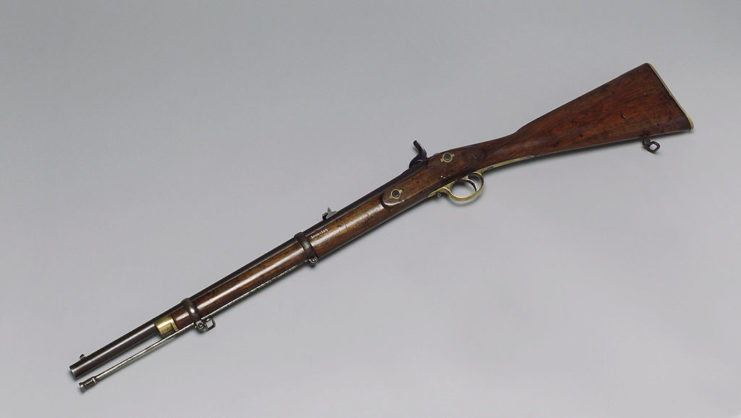
At the end of the 19th century, the United Kingdom regularly found itself in conflict. The British military had a fine field rifle in the bolt-action Lee-Metford, but thought it could do better. This led to the development of the Lee-Enfield, named after lead designer James Paris Lee and the factory in which the weapon was developed, the Royal Small Arms Factory in Enfield, England.
The rifle featured a 10-round box magazine, manually loaded with the rimmed and high-powered .303 British cartridge round. Its biggest upgrade was the rapid way it could be fired. This was accomplished through a mechanism in its bolt-action design. Soldiers using the firearm were even able to complete a “mad minute,” in which they could fire between 20 and 30 rounds in 60 seconds. This made the Lee-Enfield the fasting military bolt-action rifle of the time.
World War I and II
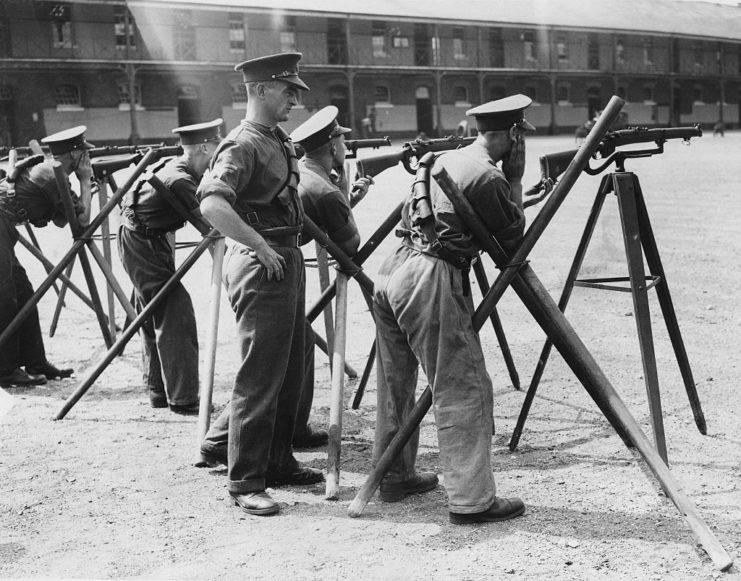
Lee-Enfield repeating rifles played a prominent role in both WWI and II. British troops carried them as the standard in both conflicts, and in the First World War appreciated that the weapons were shorter and easier to carry than a typical long rifle. As well, they could be accurately aimed from around 600 meters, while still capable of striking someone over 1,400 meters away. However, there were issues, primarily with excessive recoil and an overheated barrel.
As soon as WWI ended, the designers of the Lee-Enfield began working on improvements. By WWII, the rifle’s accuracy had improved remarkably and the stock was sturdier. A spike bayonet was also added.
Further use of the Lee-Enfield repeating rifle
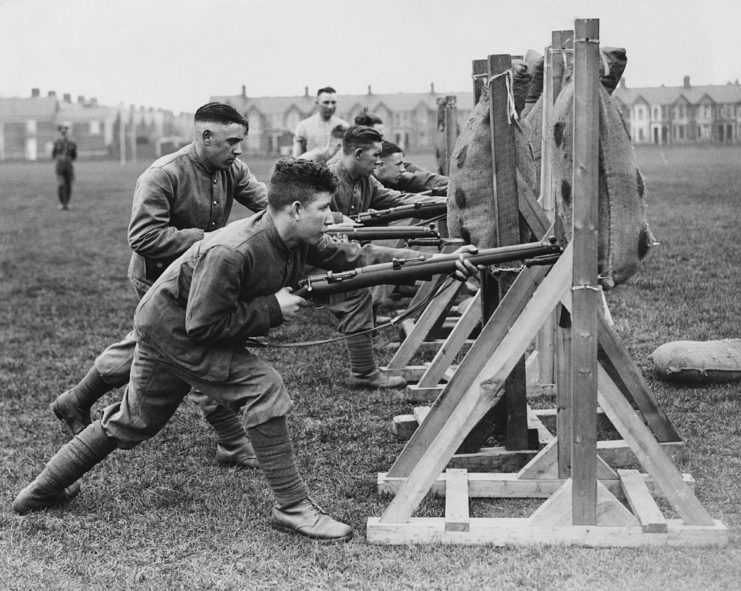
Since there was no intention of retiring the Lee-Enfield, improvements continued to be made over the years. Following WWII, a lighter, shorter and more portable version of the rifle was created. The soldiers who carried it during the Malayan Emergency – also known as the Anti-British National Liberation War – decided it should be called the “jungle carbine,” though the name was never officially adopted.
The rifle also saw action during the Korean War. This time around, it was mostly in the hands of Australian Army, who modified the weapon into one suited for snipers. Similar modifications had also been made during both World Wars. Following the conflict, Australian troops used the rifle during a conflict in Malaysia, and it was used to train sniper candidates until the late 1970s.
Future use and durability
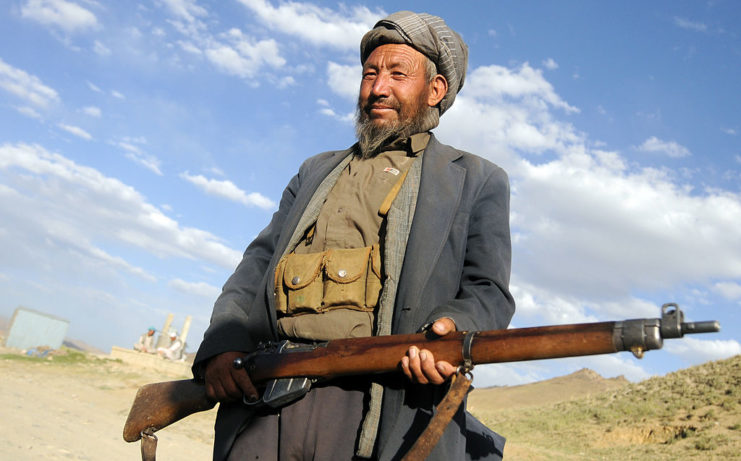
Thanks to a number of factors, the Lee-Enfield has had a much longer life than most rifles. In fact, it’s the second-longest serving military bolt-action rifle in service, after the Mosin-Nagant. In addition to service in Canada, the rifle was heavily used in India and the surrounding areas.
Most notably, the Lee-Enfield is still used by Pakistani and Bangladeshi police forces. While some units have chosen to retire the rifle, others feel there is still plenty of use for it.
The Lee-Enfield and the Canadian Armed Forces
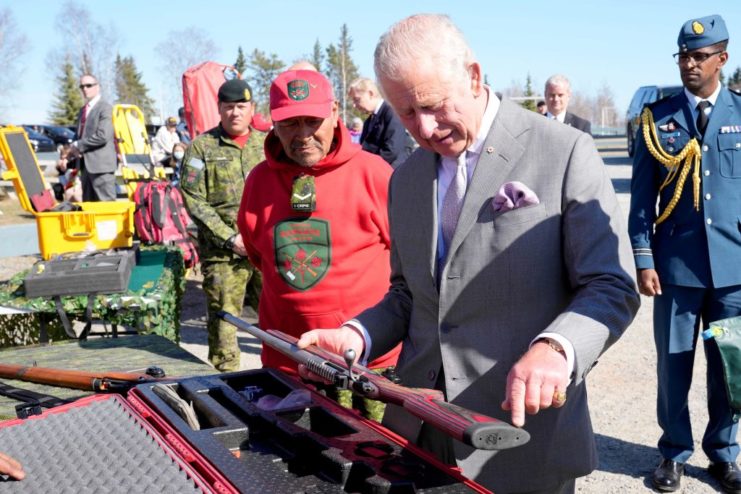
While the Lee-Enfield had an incredibly long-run run in Europe, it was eventually retired by most forces. The rifle, though, had an enduring legacy with the Canadian Armed Forces.
More from us: Lahti L-39: The Anti-Tank Weapon the Finnish Nicknamed the “Elephant Gun”
It was particularly suited for the rough and cold terrain of the Great White North, and, for that reason, it was long-carried by the Canadian Rangers. The wood stock of the rifle is resistant to splitting or cracking. The rifle also features far fewer moving parts that could freeze in cold weather, and its power means it can not only stop enemies, but out-of-control polar bears.
While loved by the Canadian Armed Forces, they officially retired the Lee-Enfield in 2018 and replaced it with the specially-developed Colt Canada C19.
